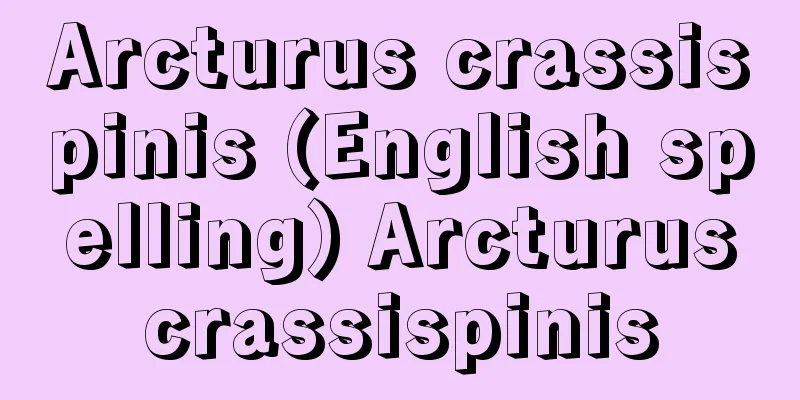Bottle - Heishi

|
In ancient times, it was read as "heiji" and was a type of sake vessel. It has the same purpose as a modern tokuri (sake bottle), but its shape can be divided into two types: a narrow mouth with a long, thin neck and a bulging bottom, and a narrow mouth with a bulging body and a thin bottom. Ancient excavated items include sueki (sea ware) called hei (bottle), and kohei (white hu bottle) imported from Tang Dynasty China during the Nara period under the influence of Persia. All of these bottles are characterized by a bird's neck at the top, and are made of gilt bronze, ceramic with three-color glaze, and glass. From the Heian period, a wooden bottle (Important Cultural Property) with a turned finish and a paulownia, bamboo, and phoenix painted in white solder (an alloy of tin and lead) maki-e (lacquer enamel) remains at Tamukeyama Shrine in Nara City. In the Middle Ages, jars were made of wood turned into wood, painted with vermilion or black lacquer, and decorated with lacquer paintings. However, in the latter half of the Kamakura period, fired and glazed pottery became popular, mainly in Seto, and one such product is the famous jar from Hakusan Shrine in Gifu Prefecture, which bears an inscription that it was dedicated in 1312 (Showa 1). It is customary to dedicate a pair to the altar. [Goka loyal retainer] [Reference item] |Muromachi period (late 16th century) Wood, black lacquer, red lacquer Height: 35.9 cm each Collection of the Metropolitan Museum of Art Negoro lacquer bottle Source: Shogakukan Encyclopedia Nipponica About Encyclopedia Nipponica Information | Legend |
|
古くは「へいじ」と読み、酒器の一種。現代の徳利(とくり)と同じ用途をもつが、形は、狭い口のついた細長い頸(くび)に、膨らんだ下部をつけたのと、狭い口に膨らんだ胴部をつけ、その下部を細くしたのとがある。古代の出土品に瓶(へい)とよぶ須恵器(すえき)があり、奈良時代にペルシアの影響を受けた唐から舶来した胡瓶(こへい)があり、いずれも瓶の上部が鳥首になっているのが特徴で、金銅製、陶製で三彩を施釉(せゆう)したもの、ガラス製がみられる。平安時代には木製挽物(ひきもの)仕上げで白鑞(びゃくろう)(錫(すず)と鉛の合金)蒔絵(まきえ)で桐竹鳳凰(きりたけほうおう)を描く瓶子(重文)が、奈良市・手向山(たむけやま)神社に残る。中世には木地挽物に朱漆や黒漆を塗り、漆絵を描いた瓶子が盛んにつくられた。しかし、鎌倉後半期に瀬戸中心に焼成、施釉の陶器が盛んとなり、その製品で岐阜県・白山(はくさん)神社瓶子は1312年(正和1)に奉納した銘文が刻まれており有名である。神前に一対を奉納するのが通常である。 [郷家忠臣] [参照項目] |室町時代(16世紀後半) 木・黒漆・赤漆 高さ各35.9cmメトロポリタン美術館所蔵"> 根来塗瓶子 出典 小学館 日本大百科全書(ニッポニカ)日本大百科全書(ニッポニカ)について 情報 | 凡例 |
Recommend
Dudleya
...For stem species, the stem is cut into pieces,...
Horny teeth - Kakushitsushi
… [Vertebrate teeth] Vertebrates have two main ty...
Exchange company - kawase gaisha
Japan's first joint stock company was establi...
External diseconomies
This term was used by British economist A. Marshal...
American Baptist Convention
...Two-thirds of the black churches in the South ...
Taricha torosa (English spelling) Tarichatorosa
…Their limbs are developed enough to walk slowly ...
Voices of the Past
...A chart containing 50 kana characters, with ea...
Private Railway Union - Shitetsu Soren
Its official name is the Japan Private Railway Wor...
Yasna
...It consists of five parts: (1) Yasna (ritual b...
reproductive success
...In this view, the traits of living organisms a...
Akatsu
...In 1615 (Genwa 1), the death of its leader, Fu...
Utori Shrine
This shrine is located in Fudai Village, Shimohei ...
automatic depositor
...We are now entering the age of electronic bank...
Kayes - Kayes (English spelling)
A city in southwestern Mali, West Africa. It is l...
Braj Bhasa (English spelling)
...Poems full of love depicting Lord Vishnu incar...









